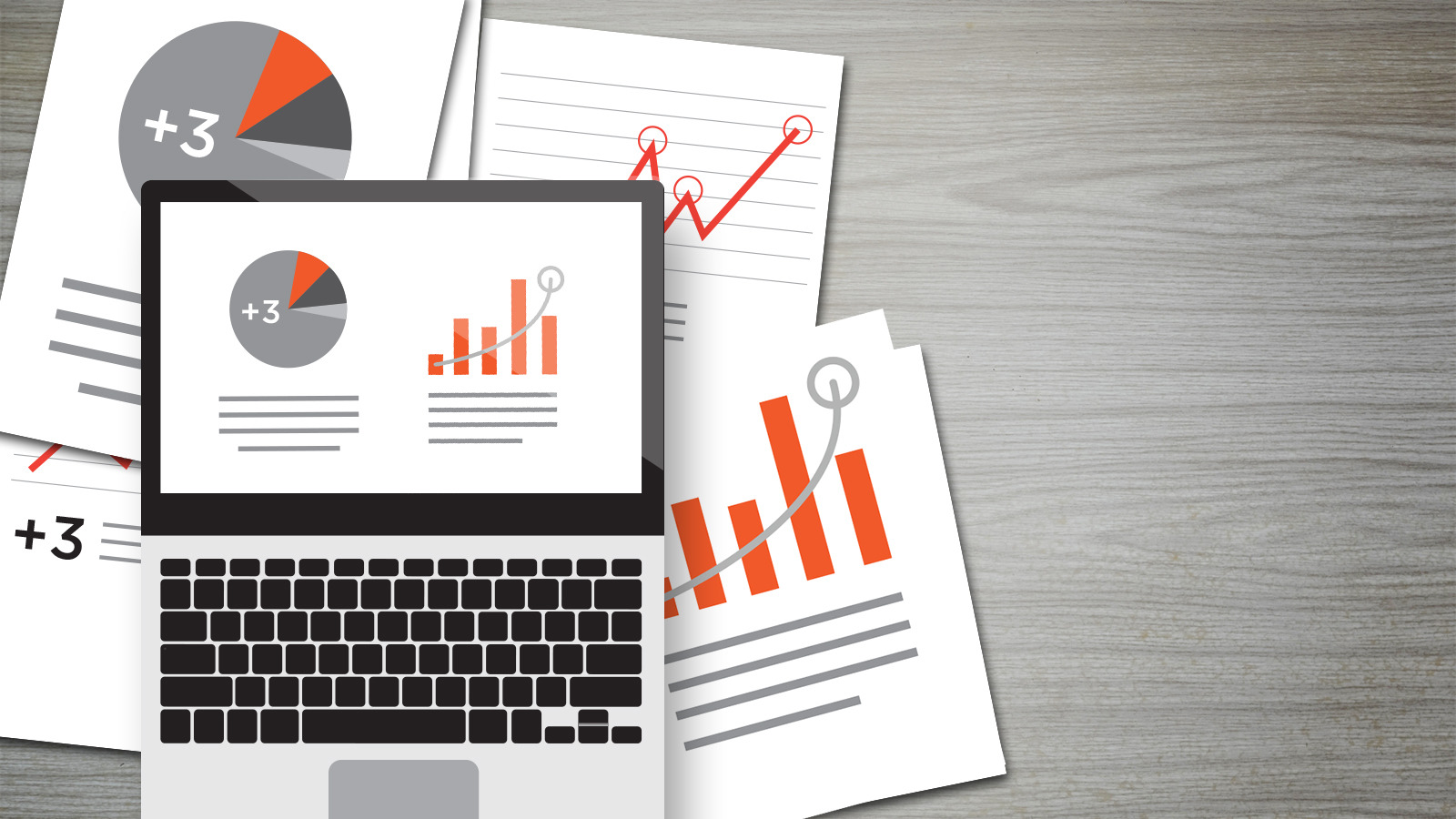Enhancing Privacy and Security in a Remote World

Like so many others, I found myself thrust into the world of remote work almost overnight. At first, it felt strangely surreal—meeting colleagues through screens rather than gathering in conference rooms, trying to establish a work-from-home routine that was both challenging and unexpectedly full of surprises. The convenience of skipping the daily commute was certainly appealing; however, it quickly became clear how important security and privacy had become. It was a crash course in safeguarding not just my professional endeavors, but also my personal life.
In our digital age, shifting to remote work opened a treasure trove of possibilities, but it also introduced significant risks. No longer could I casually lean over to a colleague to discuss sensitive subjects without a second thought. I found myself scrutinizing every communication. My home office morphed into a landscape where the potential for identity theft and security breaches loomed large, reinforcing the need to bolster privacy measures in my daily routine. visit this weblink this external website to learn more about the subject, poe cameras.

Key Tools for Enhanced Security
Before I knew it, I began my quest for tools that would help me protect my information. A few solutions emerged as game-changers for me:
Implementing these tools was not just a matter of personal preference; it soon became essential for navigating the intricacies of remote work. Establishing layers of security helped alleviate the anxiety that often accompanied remote collaboration. With each protective measure I adopted, my confidence grew, allowing me to shift my focus back to what mattered most—my work and my relationships with colleagues.
Creating a Secure Home Office Environment
Setting up my home office was both exciting and challenging. It required striking a delicate balance between comfort and professionalism, while also emphasizing security. I realized that a well-organized and secure workspace not only boosts productivity but also protects sensitive information.
To ensure my privacy, I made a few deliberate choices:
The combination of these actions not only fortified my security but also created a conducive atmosphere for work. It’s truly remarkable how small adjustments can lead to a heightened sense of safety and improved focus.
Raising Awareness Among Colleagues
As my understanding of privacy and security deepened, I felt compelled to share my insights with my colleagues. I began initiating conversations about cybersecurity practices and highlighting the importance of vigilance in our digital communications. It became evident to me how many were still underestimating the risks that come with remote work.
We kicked off virtual workshops, focusing on essential topics such as password management, identifying phishing attempts, and creating a culture of cybersecurity awareness. These sessions were enlightening; they fostered a sense of community and reinforced our collective responsibility towards cybersecurity. It was gratifying to witness team members becoming more proactive and adopting security measures for their own protection.
The Long-Term Benefits
Looking back, the transition to remote work was not only filled with challenges but also provided an opportunity for personal growth and education. Understanding the tools and techniques to enhance privacy and security has equipped me with essential skills that I can carry forward, no matter how my work environment evolves in the future. Looking to expand your understanding of the topic? Visit this external source we’ve selected for you, with additional and relevant information to expand your understanding of the topic, poe cameras.
Ultimately, investing my energy into crafting a secure digital landscape not only smoothed my transition but also bolstered my work-life balance. As we continue to navigate this increasingly digital society, embracing these changes requires us to prioritize our privacy and security—and I can’t help but feel optimistic about what lies ahead. It’s remarkable how a little attention to detail can transform our work experience into something both comfortable and secure.
